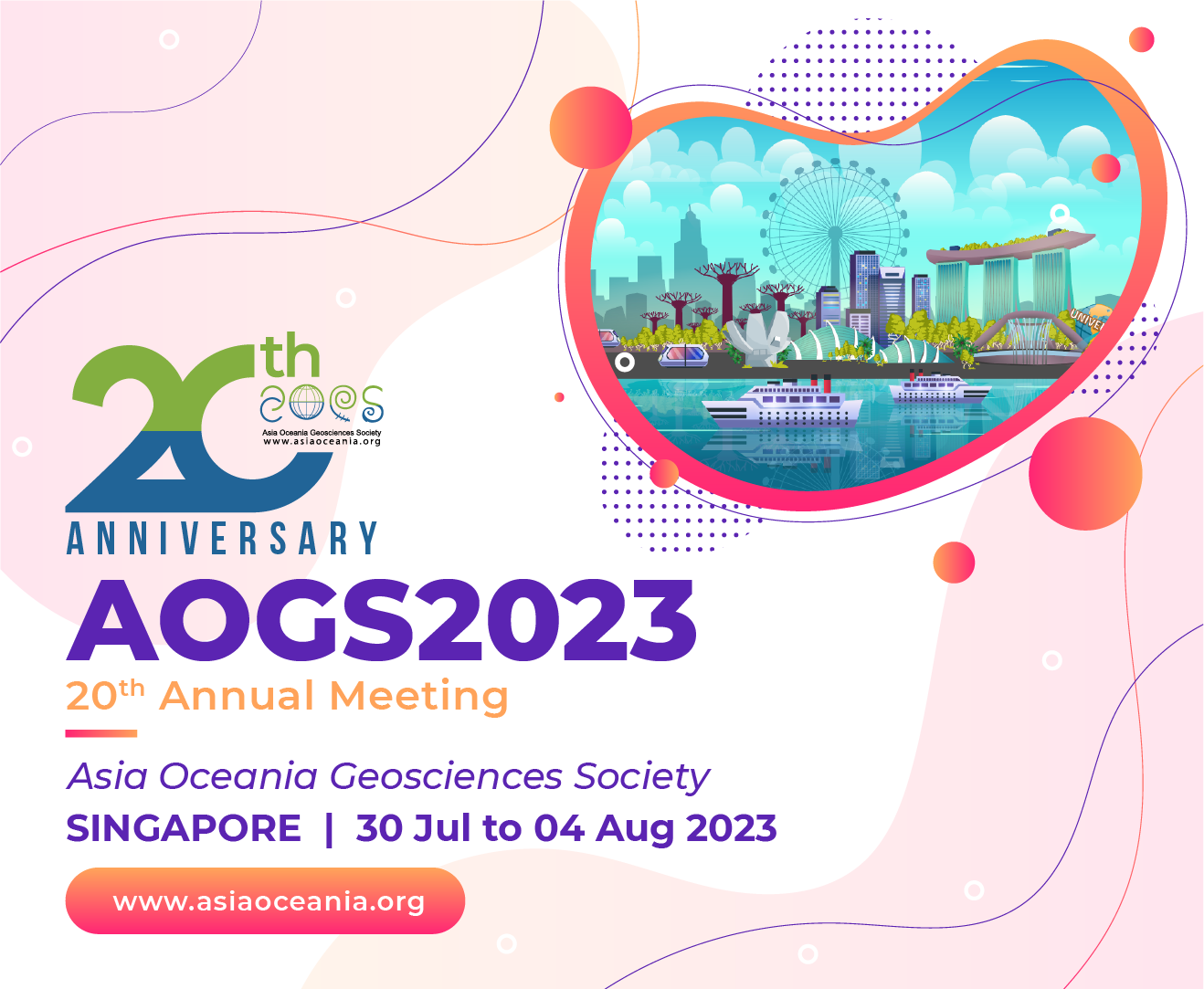

Joseph MICHALSKI
University of Hong Kong
After receiving his PhD in Geological Sciences from Arizona State University in 2005, Dr Michalski pursued postdoctoral positions with Caltech/NASA JPL and CNES (the French space agency), and ultimately secured a permanent position as Research Leader at the Natural History Museum in London, UK. In 2016, he joined the University of Hong Kong, where he is currently an Associate Professor in the Department of Earth Sciences and the Deputy Director of the Laboratory for Space Research. At HKU, he created and manages the Planetary Spectroscopy and Mineralogy Laboratory, where he and his team investigate the mineralogy and geochemistry of, as well as biosignatures within planetary and terrestrial materials to support current and future space exploration missions. At HKU, he teaches courses in remote sensing, planetary geology, and the future of human civilization in space. Classically trained in geology, his research is focused on planetary volcanology, mineralogy and climate history of Mars. Michalski is a Fellow of the Geological Society of America and the Canadian Institute for Advanced Research (CIFAR).
PS Distinguished Lecture | 31 July (Mon) 08:15 AM – 10:00 AM | Level 3 MR334
Geological Diversity and Strategic Exploration Potential of Lakes and Seas on Mars
Abstract: Hundreds of ancient lake basins detected on Mars via orbital remote sensing represent rare oases of hydrosphere-atmosphere-lithosphere interaction with great astrobiological potential. These paleolake basins, and associated lacustrine deposits, could preserve evidence of biogenesis on Mars, and their geology, mineralogy and geochemistry place strong constraints on past climate. Most martian paleolakes date to the Noachian (>3.7 billion years ago, b.y.a.) and likely lasted ~102-106 years, representing only a small fraction of the ~400 million years of Noachian time. However, some paleolakes occurred during the Hesperian (3-3.7 b.y.a.), and it is likely that many shallow thermokarst lakes occurred in the Amazonian (<3 b.y.a.) but left little trace. Noachian lacustrine deposits contain detrital Fe/Mg-rich clay minerals as well as authigenic Fe/Mg-carbonates, sulphates, silica, chlorides and clay minerals, which likely preserve characteristics of the ancient atmosphere and climate. While martian paleolakes are undeniably among the top targets for future surface exploration and sample return, many questions surrounding prospects for biogenesis and biological productivity in short-lived lakes and transient warm climates on an otherwise cold planet remain: How would the faint young sun, Mars’ greater distance from the sun, a dusty atmosphere or the planet’s lack of a magnetic field affect possible evolution of photosynthesis and our concept of biosignatures in martian lakes? How did Mars’ chaotic obliquity cycle impact the longevity and periodicity of lake activity? In the absence of land plants to stabilize the surface, and with slower settling of suspended sediment in lower gravity, would martian lakes have been murky with a very shallow photic zone? How would the lower gravity and impact-fractured crust affect compaction of lake sediment and seepage of lake water to regional groundwater systems? Given these differences in environmental variables, the geological record of Mars, and the lacustrine record in particular, is an invaluable counterpoint for early Earth geoscientists as well as traditional limnologists. The oldest lacustrine deposits on Earth (2.77 b.y.a.) are nearly a billion years younger than most of the known lakes on Mars. Lost from the Earth’s geological record is evidence for subaerial hot springs, fresh water and fluid mixing zones where life is thought by many to have originated on this planet c.a. 3.8-4 b.y.a.. Martian lakes from this time period, some of which contain evidence for hydrothermal settings, can thus provide an invaluable window into early prebiotic processes, climate and potentially life’s origins. Top priorities for future exploration and sample return should include long lived, mineralogically complex lacustrine systems displaying an array of sedimentological and hydrothermal deep- and shallow-water deposits, which experienced wet-dry cycles relevant to the most recent ideas for life’s origin on this planet. Two of the best examples include the Eridania sea and McLaughlin Crater lake. Both were large, deep, long-lived water bodies with evidence for hydrothermal conditions and chemically rich fluids. McLaughlin Crater is within the landable zone for China’s upcoming Mars Sample Return mission, Tianwen-3, which will return a core of rock from the surface. Analysis of a sample from “Lake McLaughlin” could fundamentally change our understanding of prebiotic processes and biogenesis, possibly revealing the first evidence of microbial life beyond Earth.
